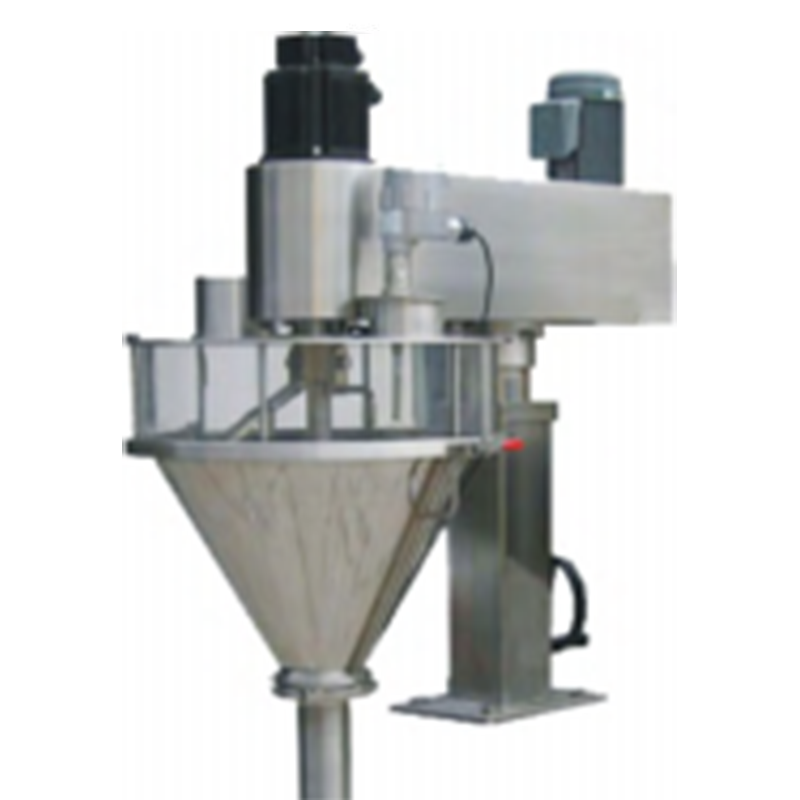Maintenance and Troubleshooting Tips: Pneumatic Auger Filler
In today's modern production environments, pneumatic auger fillers have become indispensable equipment in many industries. Ensuring their continuous, efficient operation necessitates proper maintenance and troubleshooting. This article provides comprehensive guidance on daily maintenance and fault diagnosis to guarantee optimal performance of the equipment.
1. Introduction
Maintenance and troubleshooting play a pivotal role in the utilisation of pneumatic auger fillers. Firstly, let's understand the basic components and working principles of these machines. Pneumatic auger fillers utilise air pressure to drive a screw mechanism, precisely filling materials into containers. Therefore, ensuring their smooth operation is paramount.
2. Daily Maintenance Guidance
Cleaning and Care
Regular cleaning is crucial for ensuring the long-term, stable operation of pneumatic auger fillers. You can use specialised cleaning agents and soft cloths to remove dust and residues. Moreover, avoid using corrosive or damaging chemicals to prevent harm to critical components.
Lubrication and Protection
Proper lubrication methods and material selection are also vital during maintenance. Choose suitable lubricants or greases to ensure smooth operation of the screw mechanism and other moving parts. Additionally, periodically check the lubrication status and replenish or replace it as needed.
Inspection and Adjustment
Regularly inspecting key components of the pneumatic auger filler, such as the air pressure system, transmission mechanism, and control panel, can effectively prevent potential issues. Perform necessary adjustments and calibrations based on production requirements and usage to maintain accuracy and efficiency.
Safety Precautions
Adhering to safety guidelines and recommendations is paramount during maintenance activities. Use appropriate personal protective equipment and ensure maintenance tasks are carried out with the equipment in a shutdown state to avoid potential injuries or equipment damage.

3. Troubleshooting Techniques
Common Faults and Causes
While using pneumatic auger fillers, various issues may arise, such as unstable filling speeds, pressure fluctuations, or component wear. Understanding the potential causes of these common problems is the first step in resolving them.
Solutions and Steps
Providing specific solutions and troubleshooting steps for different fault scenarios is crucial. For instance, for pressure-related issues, you can inspect the air source, valves, and pipe connections to ensure no leaks and stable pressure.
Avoiding Common Mistakes
Avoiding common errors and misoperations during troubleshooting is essential. For example, refrain from over-lubrication or using inappropriate substitute parts, which may lead to more severe issues and additional repair costs.
4. Maintenance Records and Logs
Maintaining detailed maintenance records and logs is an effective method to ensure the long-term, stable operation of pneumatic auger fillers. Recording key maintenance activities, part replacements, and identified fault phenomena helps you track the performance and health status of the equipment.
5. Conclusion
Maintenance and troubleshooting are crucial steps in ensuring the efficient operation of pneumatic auger fillers. By regularly conducting daily maintenance and identifying and resolving fault issues, you can ensure optimal performance and production efficiency of the equipment. Following the guidance and recommendations provided above will help you maximise the lifespan and value of your equipment.


